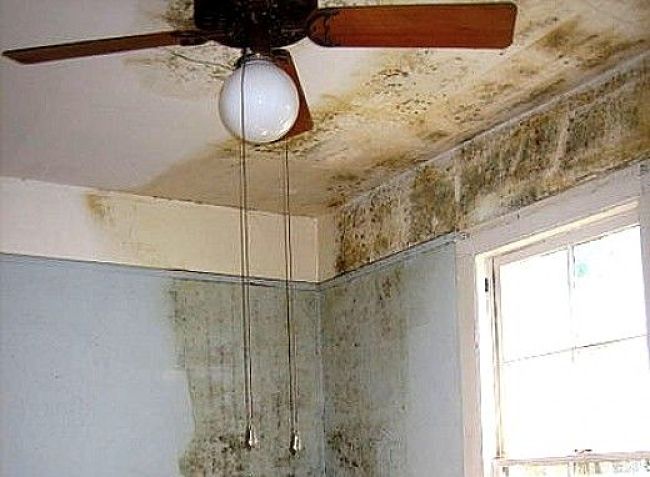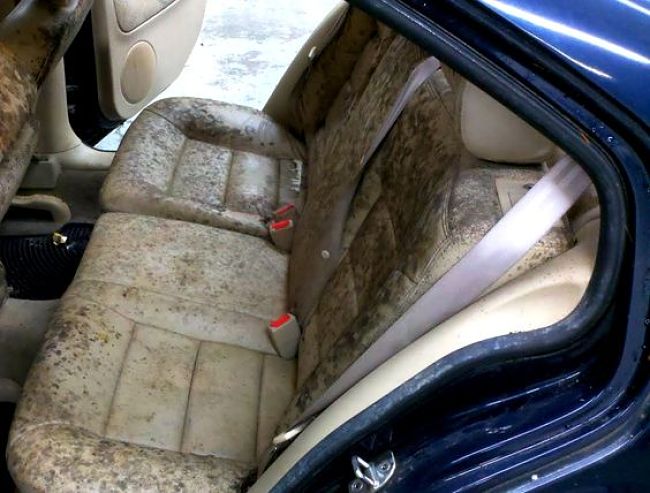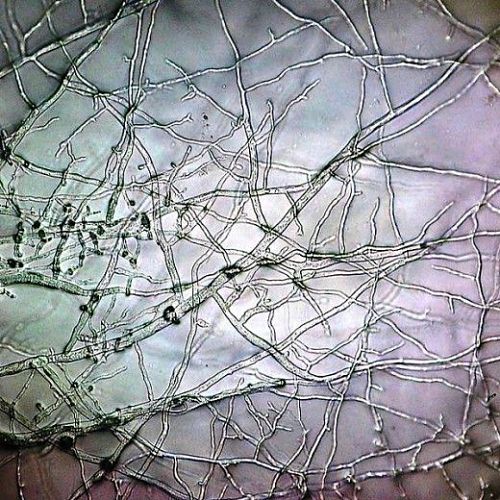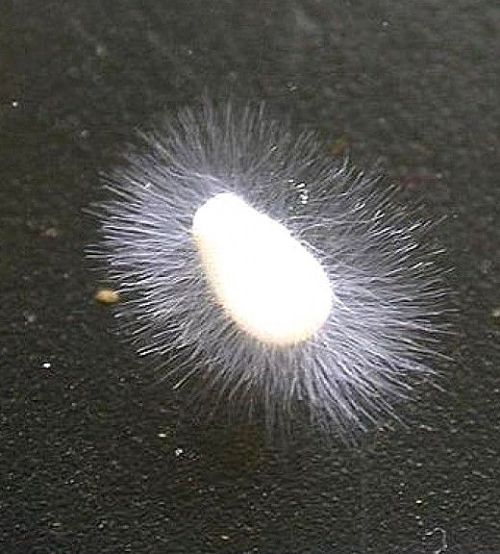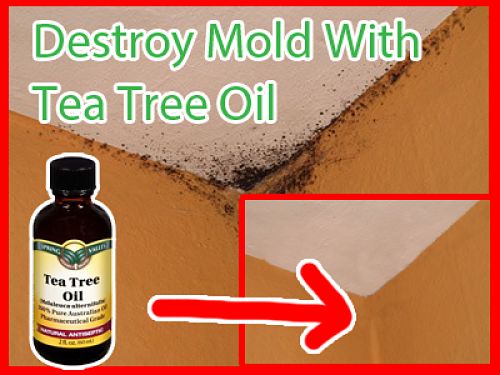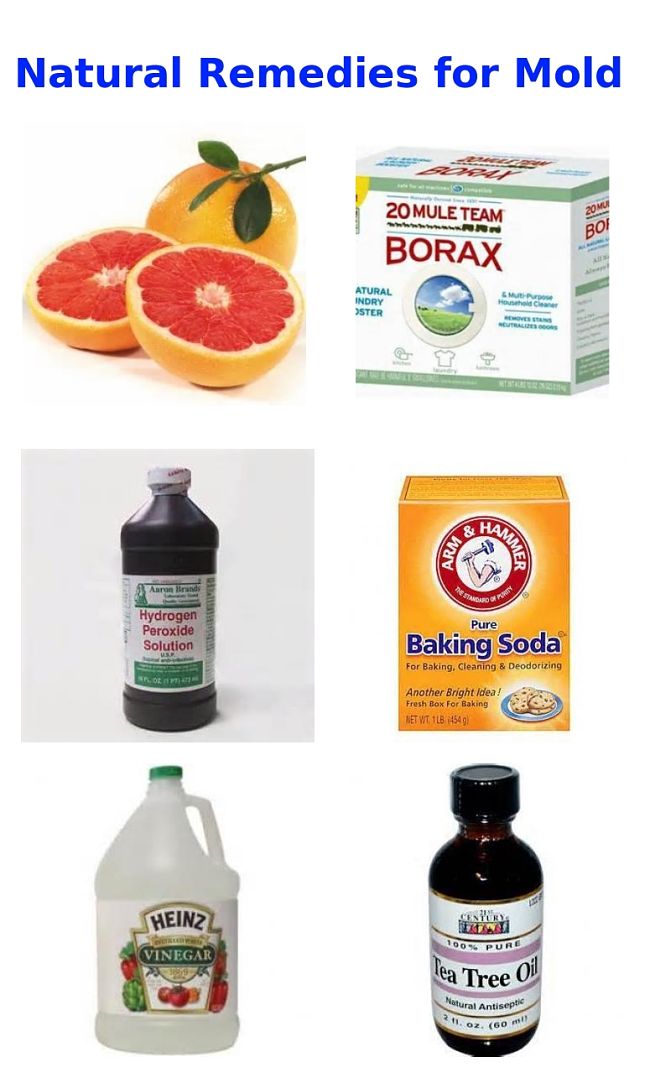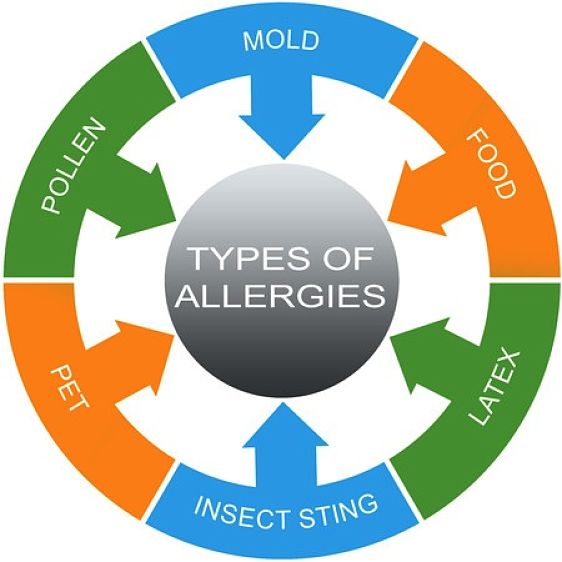Treat and Prevent Mold and Mildew in Home and Cars - Natural Remedies
For mold the 'bark may be worse than the bite' - the toxic chemical treatments may be worse that the health hazard of the mold and mildew spores.
Many kitchen and bathroom mold removal sprays are extremely powerful bleaches. When sprayed in confined spaces they can damage lungs and induce breathing difficulties and asthma attacks in many people.
Yet mold and mildew in homes and cars cause unsightly stains and damage and need to be treated and prevented.
What to do? The key is understanding what causes molds and how to prevent them from occurring.
The good news is that there are cheap, natural and very inexpensive homemade cleaning remedies, that are less harmful to the environment and work just as well as the chemical ones.
They offer wonderful alternatives that remove a major toxic chemical risk to you and your family’s health.
This article reviews the causes of molds and mildew in homes and cars, how to prevent them from occurring.
It also reviews the range of natural homemade remedies you can use to treat molds and mildews that develop in your home and car.
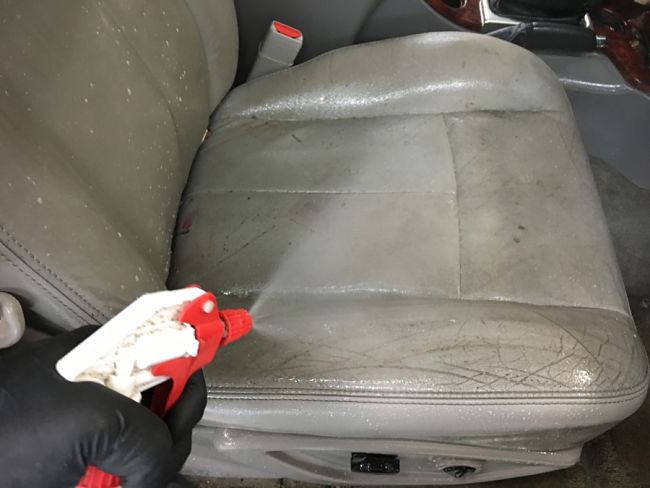
What Causes Mold and Mildew in Homes and Cars
Mildew is technically a fungi in the order Erysiphales. The term ‘mildew’ is also used to refer to mold growth (or 'mould') which refers to a large and diverse range of fungi species that grow on the surface of food and on damp surfaces in homes and cars.
Molds are extremely widespread in the environment and play a crucial role in recycling organic materials and dead plants and animals. Mold fungi grow in the form of network of branching multicellular filaments called hyphae. The interconnected network of tubular hyphae, is called a mycelium, and it is considered a single organism. The hyphae are usually transparent and resemble fine, fluffy white threads that spread over a surface over the surface. The color of an area infested with mold is generally due to the huge number of colored asexual spores produced at the ends of the hyphae. These spores are released into the air and have a wide range of colors: black, brown, green, yellow and orange, and many more. It is these spores that gives the mold infestation its color.
Other fungi such as yeast and many disease organisms, adopt a single celled growth habit. We depend on yeast as leavening agents in bread and for producing alcohol and fizz in beers and other beverages.
To grow in homes and cars molds require a key set of conditions.
- Mold spores to create new colonies
- A source of food on a surface (organic matter such as food, wood, grime, walls, upholstery, cotton and other clothing)
- Darkness (molds generally can not grow in bright sunlight with ultraviolet light
- Warmth (molds grow best in warm, not freezing environments)
- Oxygen
- Moisture (molds require wet or damp surfaces caused by water leaks, humidity and access just below the surface of foods and walls)
- Time (mold grow quickly, but may take 24 to 48 hours, or longer to establish and longer to appear as a colony with colored spores)
Obviously, denying one or more of these requirements is the key for preventing mold outbreaks. The key one is moisture and humidity, as all the others are ubiquitous – the other conditions are present everywhere in homes and cars.
If you can prevent and control moisture, humidity and keep surfaces dry you can prevent molds. With conditions such as rising damp the moisture comes from inside the wall and the key is controlling the sources of water and humidity in rooms.
If you live in an area where the air has a naturally high humidity in summer, on the coast or next to a lake or large river then mold growth will be a recurring problem. In the tropics it is everywhere all the time. The situation can be made worse by the use of humidifiers and evaporative coolers in homes. But molds only need the humidity level of 55% to start growing.
Obviously water leaks, floods and water spills can cause molds. Kitchens, laundries and especially bathrooms, are more susceptible because of higher humidity associated with bathing, showers, washing and drying machines and cooking. People may not be aware of leaks until molds develop and provide an early warning sign of leak problems.
Preventing Molds by Controlling Water Leaks, Humidity and Damp Wall Surfaces
Poor Ventilation Triggers Mold - A poorly ventilated room in your home, especially the kitchen and bathroom create pools of stagnant moist air ideal for mold thrives. This can occur in winter due to poor air circulation in heated rooms. Steam from baths and showers and water evaporating from food cooking on the stove and laundries creates humidity and causes condensation on the walls and ceiling. Poor ventilation delays the drying out of wet surfaces. The obvious solution to improve ventilation and get warm dry circulating in places most at risk. This includes cupboards and wardrobes.
Key ways of controlling moisture and humidity:
Deal with any water spills or humidity buildups quickly - Most molds need 24-48 hours of moisture to begin to grow and this sets a period for any clean ups.
Get water leaks fixed - This includes leaking roofs or walls, leaking pipes and leaking taps or a leaking shower. In some ways mold may help you find leaks that could cause major structural damage if not fixed.
Control condensation via temperature control and ventilation – Condensation requires humid air and a cold surface. So you can to reduce condensation by keeping the surfaces warmer, through insulation and heating. Ventilation to reduce humidity is also very important.
Reduce Humidity and stagnant pools of air in your home and cupboards - The best way to keep humidity low throughout your home is through ventilation. Encourage air circulation by opening windows in the house as much as you can and also opening external windows. Exhaust fans may be needed in the kitchen, bathroom and laundry. Air conditioners and de-humidifiers can also help to lower household humidity.
Wet Clothes can Become Moldy and Cause Mold in Rooms - Clothes that are left damp for long periods of time can cause mold on the clothes themselves and on the walls and ceiling in a drying room. Drying clothes in a dryer means that all of that moisture is expelled into the house.
Rising Damp and Water Penetration into Walls and Foundations - One of the most common causes of mold is water penetration from a leaking roof or from the foundations or base of the walls. Often the surface of the wall may not feel damp, but there is moisture inside just below the surface. Changing the way water drains around your house and waterproofing may be required to stop mold.
Mold Removal and Remediation
Mold spores are everywhere in the air inside and outside of the house - However they can become hazardous and cause allergies or other problems if the level of mold spores is allowed to increase. Mold need to be controlled. One major source of mold sproes in the house is food that has been allowed to go moldy. Such food needs to be removed.
Surfaces that favor mold - Mold needs a moist organic substrate on which to grow and feed. So keeping surfaces dry and clean can help. Mold does not grow well on metal, plastic or glass surfaces unless they are dirty and have organic films attached to them.
Plaster, wood, brickwork and even painted cement rendered walls have enough organic material on the surfaces for mold to become established if there is enough moisture. Substrates such as cotton, wood, food, carpet, bedding, paper, chipboard wallpaper, books, leather shoes, furniture, ceiling tiles, air conditioners filters are ideal for mold growth.
Regular cleaning to remove dust and grime, as well as natural inhibition substances such as tea tree oil or vinegar, can help to reduce the incidence of mild. Most mold grows on dust found on most surfaces.
Sunlight helps to prevent mold, especially when combined with good ventilation.
Natural Remedies to Treat Control and Prevent Mold and Mildew
Unfortunately removal of heavy mold build-up will require more scrubbing than commercial bleach sprays, but they can be just as effective. 'Elbow Grease' required!
White Vinegar - Common vinegar kills more than 80% of common occurring mold species. Simply fill a spray bottle with vinegar and spray on mold and mildew patches as soon as they appear in the kitchen, laundry and bathrooms. Scrub and wipe off with a damp sponge. Leave a small residue of vinegar on tiles and bathroom surfaces as an inhibitor.
Essential Oils - Tea tree oil is a renowned fungicide. Put 2 teaspoons of concentrated tea tree oil in a spray bottle and top up with water. Tea tree oil in alcohol can be used undiluted. Spray the moldy area with the liquid and leave on for 10-30 minutes before wiping off. Scrubbing will be required for bad infestations, and wait 30 minutes before wiping off. Washing and scrubbing with warm water, soap and additional tea tree oil added to the brush may be required. Other essential oils to try include cajeput, thyme, nialouli and rosemary oils. Wear rubber gloves to avoid the risk of skin irritation.
Hydrogen Peroxide – is a powerful bleach for bad patches, grout and other irregular surfaces. Unlike chemical bleaches, hydrogen peroxide dissolves to oxygen and water after reacting. Mix one part hydrogen peroxide (3 % formula mixture) to two parts of water and add to a spray bottle. Spray all over the shower of other moldy areas. Leave on for at least an hour before rinsing off with water.
Baking Soda and Lemon Juice or White Vinegar – Baking soda has mild abrasive properties and reacts with acids such as lemon juice and vinegar to create a foaming cleansing action. Mix the powder and liquid to form a paste. Apply on the mold covered surfaces and leave for an hour or so. Spray with vinegar or lemon juice and rinse off after about 10 minutes. Borax can be used as the powder as well.
Borax - Add 2 cups or borax to about 1 gallon (4 litres) of warm water and scrub the mold infected areas with a brush or cleaning pad. Rinse off with warm water. Repeat treatment and scrubbing may be required.
Sprays to Prevent Mold Re-developing
The best natural remedy sprays are lemon juice, tea tree oil (diluted) and White Vinegar - combined with adequate ventilation to reduce humidity and keeping surfaces dry.
